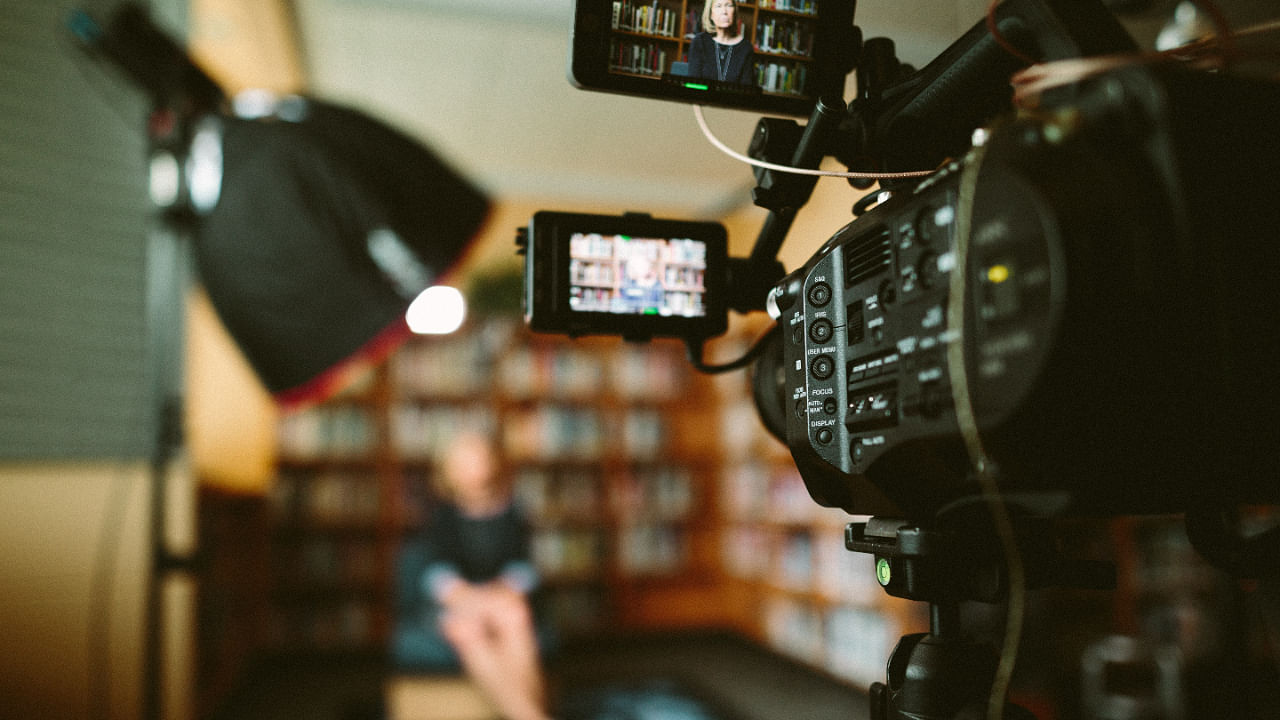
About 90 per cent of leadership positions in Indian media are occupied by upper caste groups with not even a single Dalit or Adivasi heading Indian mainstream media, according to a new report.
The second edition of Oxfam India-Newslaundry’s report ‘Who tells our stories matters: Representation of Marginalised Caste Groups in Indian Media’ reveals that around 90 per cent leadership positions in print, TV and digital media are occupied by General caste groups with no Scheduled Caste (SC) or Scheduled Tribe (ST) heading mainstream media outlets.
The report released at The Media Rumble, South Asia’s largest news media forum also shows that every 3 out of 5 articles in Hindi and English newspapers are written by General caste authors while marginalised castes (SC, ST or OBC) only contribute to around 1 out of 5 articles.
Of the 121 newsroom leadership positions – editor-in-chief, managing editor, executive editor, bureau chief, input/output editor – across the newspapers, TV news channels, news websites, and magazines under study, 106 are occupied by upper castes, five by other backward classes, and six by people from minority communities. The case of four individuals could not be identified.
Three out of every four anchors (among a total of 40 anchors in Hindi channels and 47 in English channels) of debates are upper caste. Not a single one of them a Dalit, Adivasi, or OBC
"For over 70 per cent of their primetime debate shows, news channels draw the majority of the panellists from the upper castes. No more than 5 per cent of all articles in English newspapers are written by Dalits and Adivasis. Hindi newspapers fare slightly better at around 10 per cent," it said.
Around 72 per cent of articles with author’s name on news websites are written by people from the upper castes and only 10 of the 972 articles featured on the cover pages of the 12 magazines under study are about issues related to caste, the report said.
Amitabh Behar, CEO of Oxfam India said, “Our second report in three years continue to show that newsrooms in India are not an inclusive place for marginalised communities in the country. The leaders of media organisations across all platforms continue to fail in creating an enabling environment for Dalits, Adivasis, and Bahujans.”
The media in the country needs to uphold the constitutional principle of equality in not just its coverage but also in its hiring practices, he said.
It is critical that media organisations immediately conduct a significant overhaul of hiring practices and ensure that newsrooms across the country become more diverse and inclusive. This would be crucial for creating India without discrimination and injustice, Behar said.
The report studied around 43 Indian print, TV, and digital media outlets for their coverage, social location of the leadership, and the caste composition of journalists employed by the organisations.
The research which was conducted between April 2021 and March 2022 analysed over 20,000 magazine and newspaper articles, 2,075 prime-time debates with 76 anchors and 3,318 panellists and 12 months of online news reports.
The research was conducted on qualitative parameters such as the social location of authors/ participants, prominence of the news item, and topic of news coverage.
The report also examined the representation of various caste groups among the staff of news organisations using surveys, secondary sources of information, and databases of UPSC and central universities.